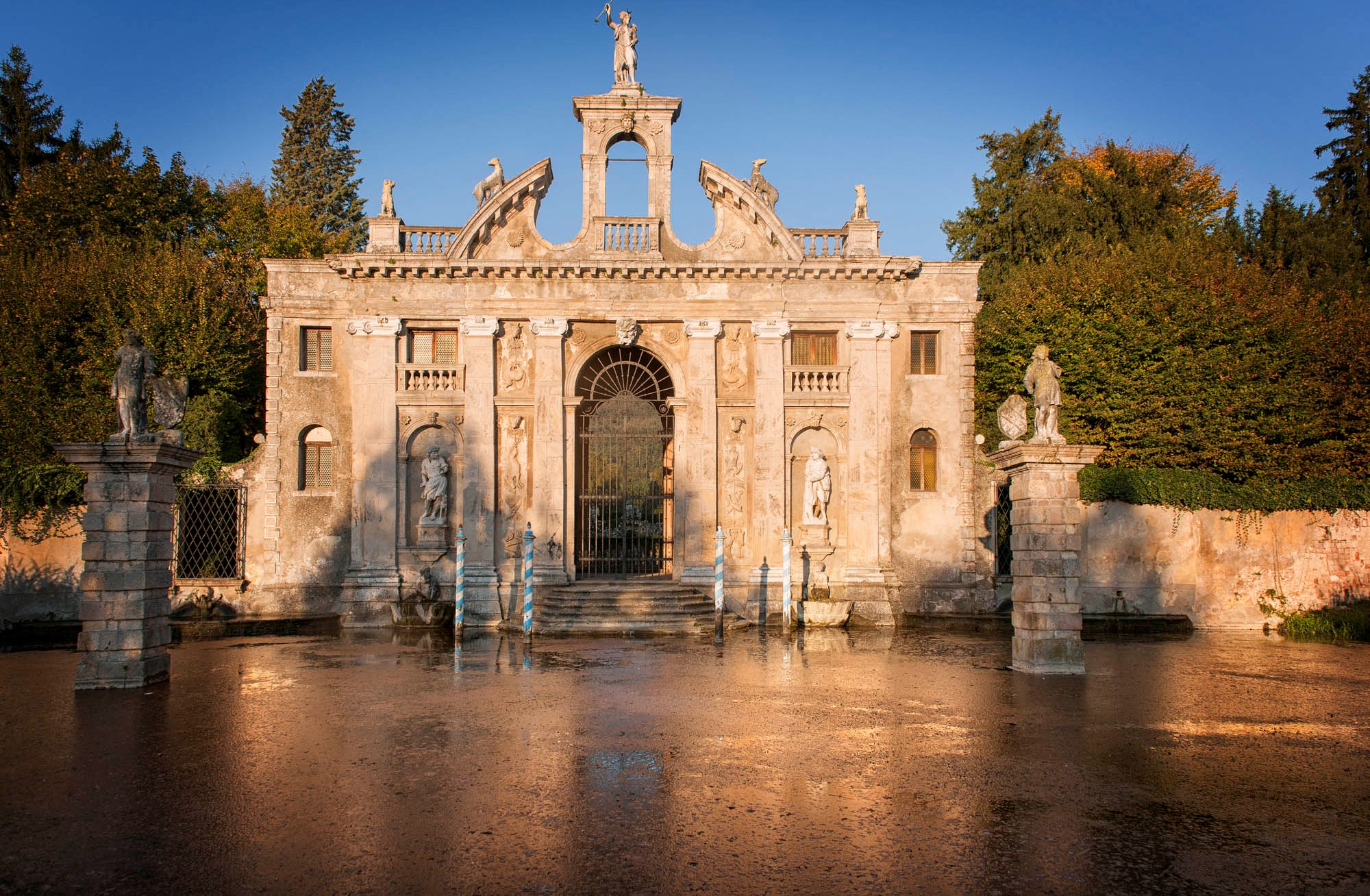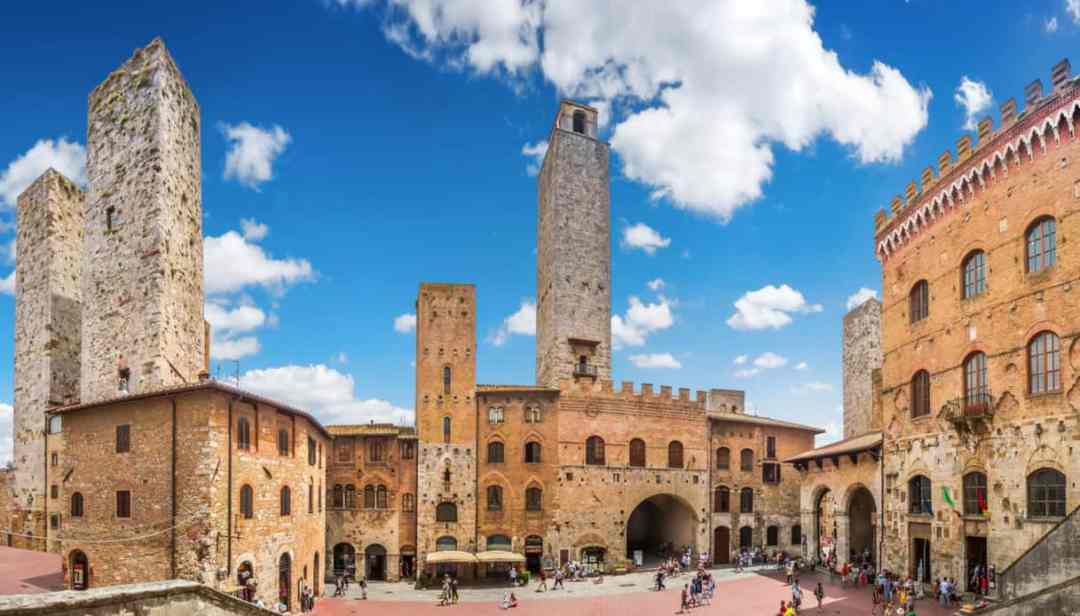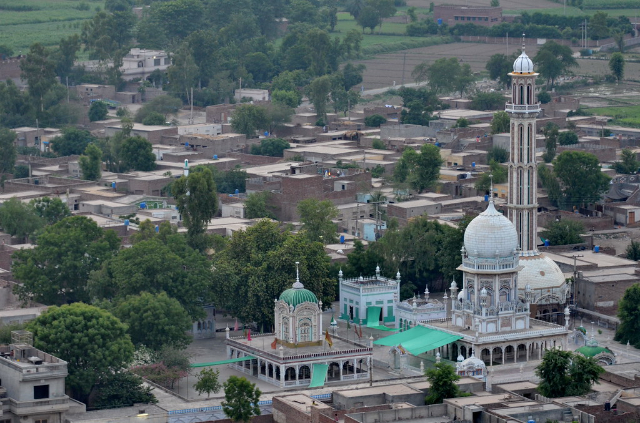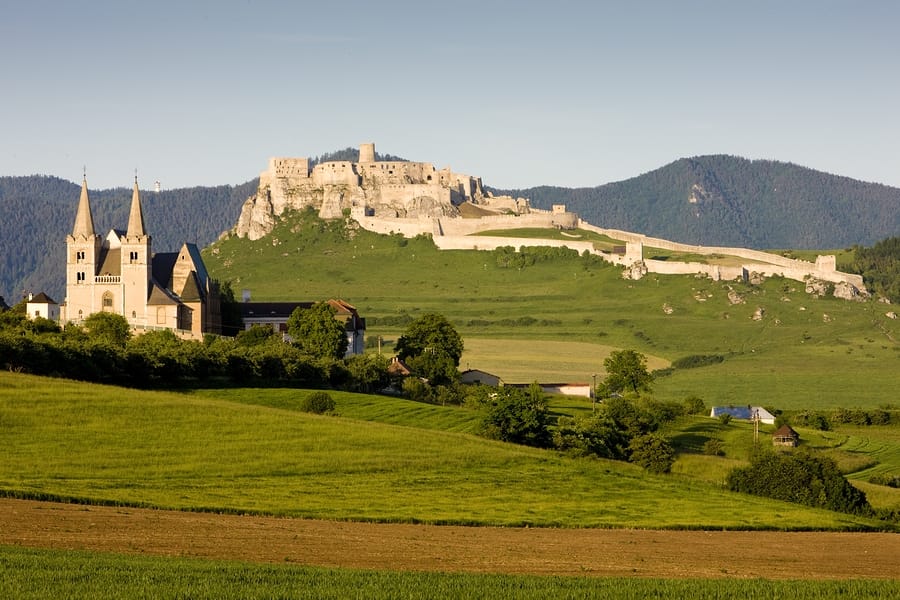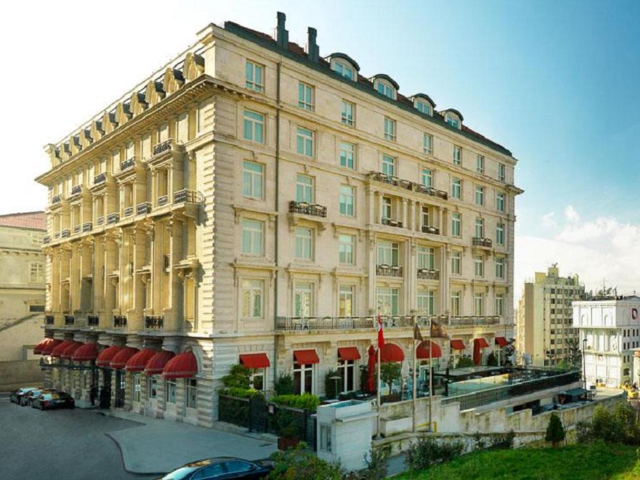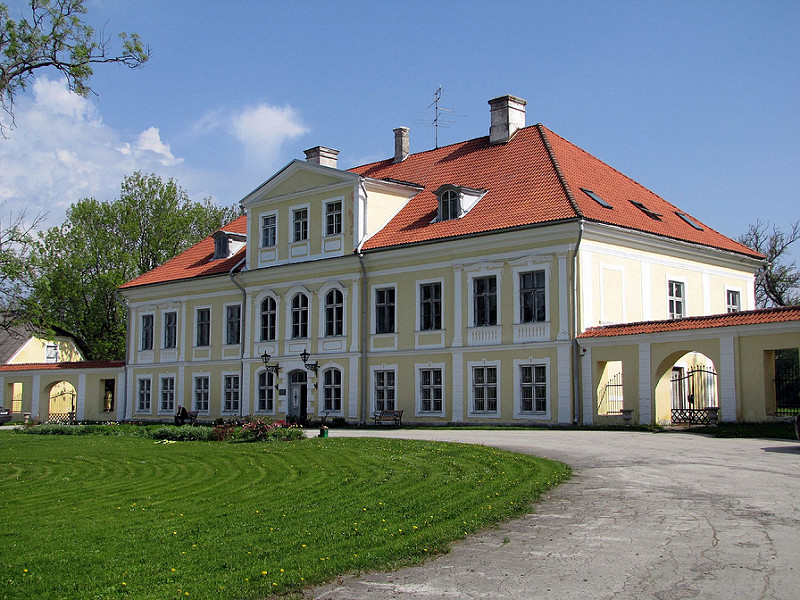Villa Barbarigo-Pizzoni Ardemani is located in Valsanzibio in Galzignano Terme in the province of Padua.
The splendid villa was purchased in the fifteenth century by the Contarini family, and then passed to the Barbarigo family at the end of the sixteenth century, which is responsible for the creation of the famous Barbarigo-Pizzoni Ardemani Garden, which covers an area of 150,000 square meters. The work designed by architect Luigi Bernini is the most significant example of symbolic garden of the seventeenth century, thanks to its monumental complex consists of fountains, streams, waterfalls, water features and fishponds. The meaning of the imposing structure symbolizes the spiritual path that man must take towards purification and salvation, also reinforced by the presence of a labyrinth (of boxwoods) that stretches for about a kilometre and a half.The itinerary begins with the Portale di Diana, where once the boats could access through the fishing valley of Santo Esusebio (from which ValSanZibio); today a small lake has been maintained to enhance the sumptuous facade enriched with statues, fountains and bas-reliefs in honour of Diana-Luna.
After passing the Silenus Arch, you enter the Garden where you will find the fishpond called Diana’s Bath, the Fountain of the Iris (with its four spouts that recreate the spectacle of the rainbow) and the Fishpond of the Winds. Once you reach the Fountain of the Pila, you will access the Grand Avenue along which there are fountains, statues and water features that will lead you towards the Lonze staircase to the main square of the Villa. Here you will find the eight allegorical figures of the garden and the Fountain of Ecstasy, the final destination of your "journey". Along the way you will encounter the labyrinth and the Rabbit Island, which symbolizes the overcoming of man’s limits through procreation; it is no coincidence that it was dedicated to the rabbit, considered the most prolific rodent in nature. The Statue of Time, placed in contrast to the Rabbit Island, depicts an old man with wings that symbolizes the time within which the human spirit makes its way to reach the path of perfectibility.
